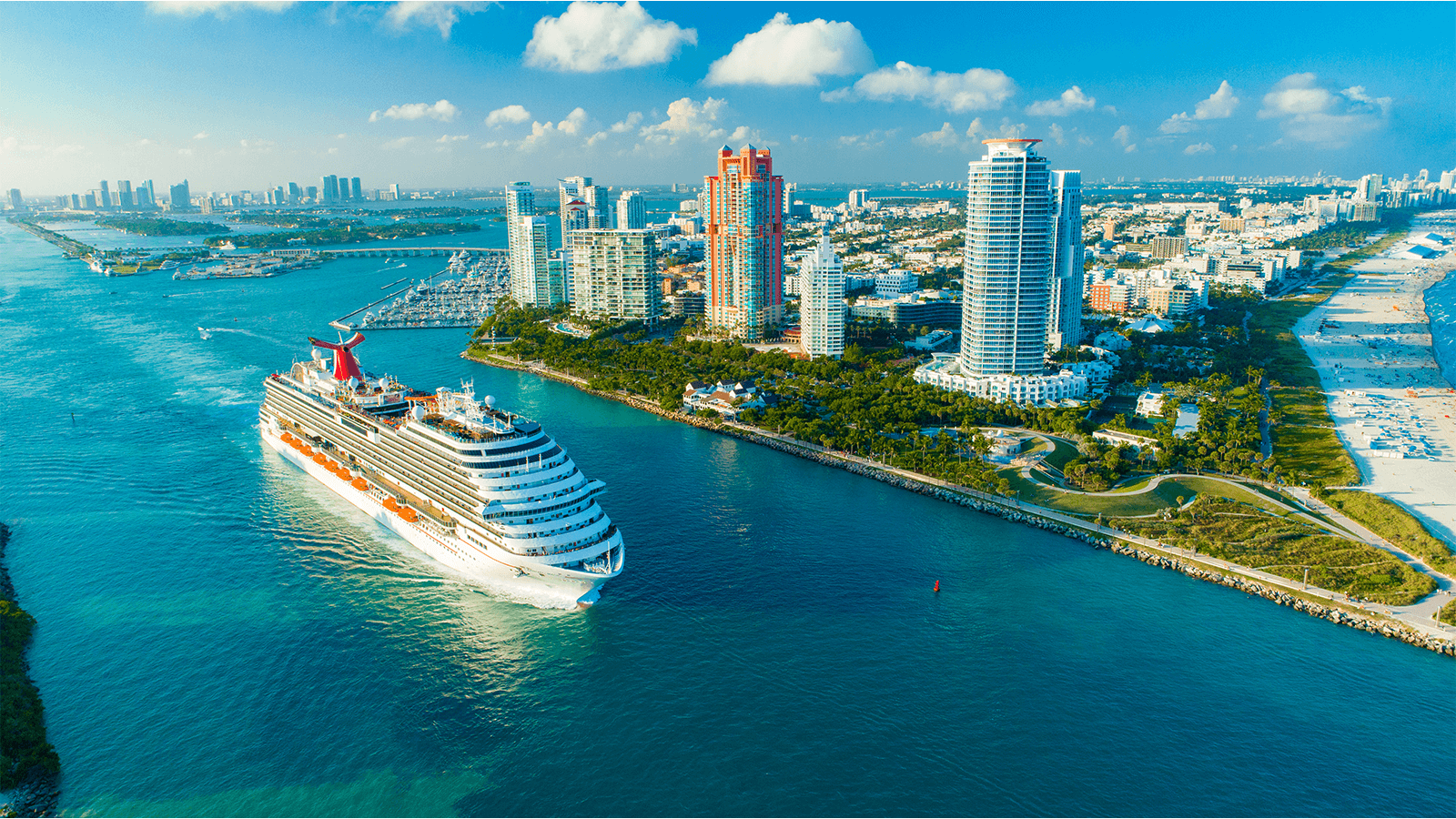Silversea Cruises
Wellness should be about balanced indulgence, not self-sacrifice - that's the philosophy behind Silversea's new programme called Otium, named after the Roman leisure time dedicated to bathing, talking, singing, drinking, eating and relaxing. The easygoing regime includes a 24-hour room-service menu of comfort food, as well as new spa treatments, relaxing baths and hot chocolate served on your balcony.
608
Passengers
411
Crew
2009
Launched
2018
Last refit
39519t
Tonnage
211m
Length
27m
Width
20kts
Speed
8
Decks
USD
Currency
Cruise Itinerary
Day 1
Piraeus, Greece
Day 2
Mykonos, Greece
Day 3
Vólos, Greece
Day 4
Thessaloníki, Greece
Day 5
At Sea
Relax and make the most of the myriad of facilities available on board the ship, from fantastic entertainment to delicious and diverse dining options.
Days 6 - 7
Istanbul, Turkey
Day 8
At Sea
Relax and make the most of the myriad of facilities available on board the ship, from fantastic entertainment to delicious and diverse dining options.
Day 9
Rhodes, Greece
Day 10
Santorini, Greece
Day 11
Piraeus, Greece

Day 1
Piraeus, Greece

Day 2
Mykonos, Greece

Day 3
Vólos, Greece

Day 4
Thessaloníki, Greece

Day 5
At Sea

Days 6 - 7
Istanbul, Turkey

Day 8
At Sea

Day 9
Rhodes, Greece

Day 10
Santorini, Greece

Day 11
Piraeus, Greece
Ship Details

Silversea Cruises
Silver Spirit
Fully refurbished in 2018 for a superlative onboard adventure, the all-new Silver Spirit has never looked better nor felt cosier.
Cabins
All Prices
















